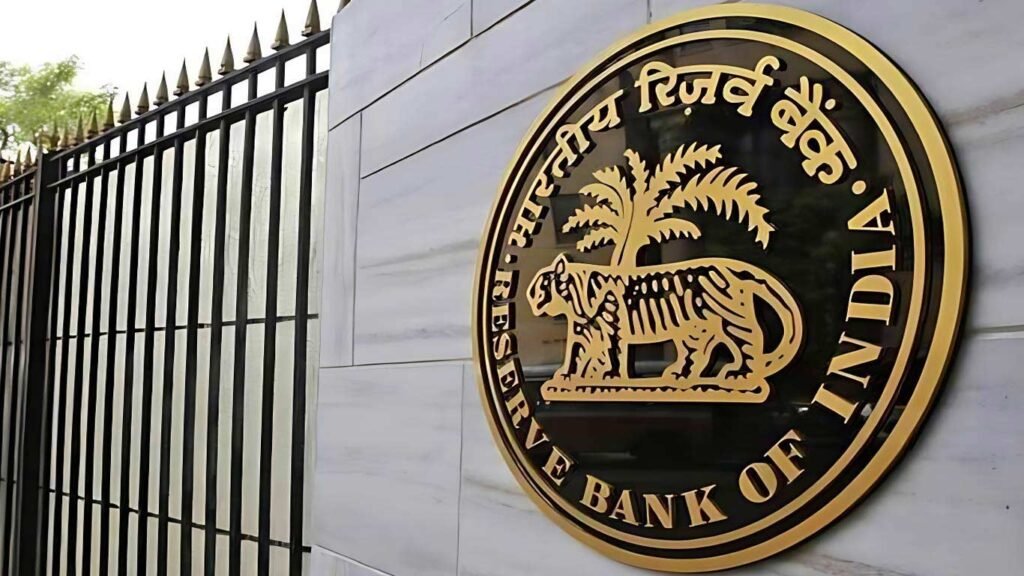Corporate India is set to witness salary hikes ranging between 6.2% and 11.3% in the current financial year, as companies realign their workforce strategies with a sharper focus on skill certifications and performance-linked incentives, according to the TeamLease Services’ Jobs and Salaries Primer 2025–26 report released on Tuesday. Drawing insights from over 1,300 organisations across 23 industries and 20 cities, the report highlights that some job roles may see hikes of up to 13.8%. The evolving demand for professionals who can blend technical expertise with business impact is driving this shift in compensation trends, said Kartik Narayan, CEO – Staffing at TeamLease Services. Among the sectors expected to offer the highest salary increases are Electric Vehicles (EV) and EV infrastructure (11.3%), consumer durables (10.7%), retail (10.7%), and non-banking financial companies (NBFCs) (10.4%). Top-paying roles in these sectors include: Electrical Design Engineer in the EV domain (12.4% hike), In-Store Demonstrator in consumer durables (12.2%), Relationship Executive in NBFCs (11.6%), and Fashion Assistant in retail (11.2%). The report also points to a robust revival in the blue-collar segment, thanks to rising infrastructure investments, a growing EV ecosystem, and renewed activity in real estate and manufacturing. Key roles like mechanic (10.4%), material handler (10%), machine operator (9.9%), and electrician (9.3%) are witnessing healthy pay increases. “This strong wage momentum in traditional blue-collar roles signals a need for companies to recalibrate hiring strategies in line with emerging growth sectors. For workers, upskilling will be key to remaining relevant and resilient,” Narayan added. In terms of cities and individual roles, standout salary hikes include: Quality Control Inspector in Pune (13.8%), MIS Executive in Hyderabad (13.4%), Data Engineer in Bengaluru (12.9%), Electrical Design Engineer in Mumbai (12.6%), and Sales Executive in Gurgaon (12.4%). Functionally, the most significant hikes are projected in sales and marketing roles (9.9%), followed by engineering (9.5%). Other domains such as finance, customer service, back-office operations, HR, and administration are expected to receive moderate increases between 8.2% and 8.6%, indicating balanced growth across business functions. Overall, the report underscores a broader recalibration of compensation structures in India Inc, with skill-based hiring, retention incentives, and future-ready talent emerging as strategic priorities. Source: PTI










